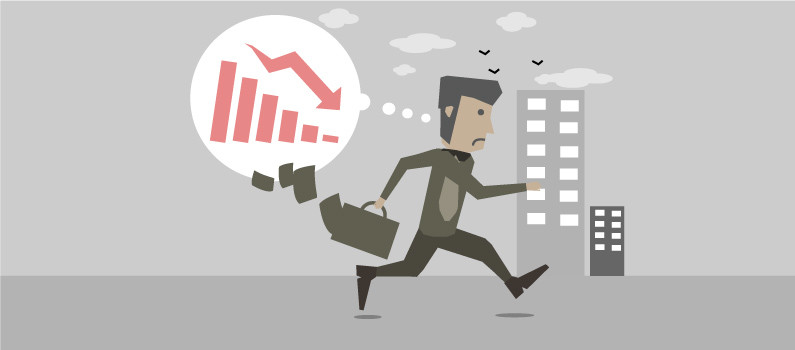First, as all the experts insist, don't panic. It is true that this situation should never have occurred, "it is unhealthy for a client to monopolize our services, it is necessary to diversify the source of income and with it the risks," recalls Juan Carlos Alcaide, director of the Instituto de Márketing de Servicios, although as it acknowledges, "there are few business managers capable of coldly making the decision to cut orders from a good customer."
The ideal portfolio
There is no magic formula for establishing the ideal portfolio. It depends on each sector. There are those who change providers every quarter and those who establish long-term agreements. Therefore, the key would be to establish a risk-cost analysis, based on the famous Pareto rule, according to which the 80% of a company's sales are achieved with the 20% of the client portfolio. For Jaime Muñoz, Director of Commercial Programs at EAE, “if you have an 80% / 40%, the risk of customer loss disappears, but management and service costs increase. But if you have an 80% / 10%, the risk is very high because the customer's flight affects the income statement ”.
For Alejandro Martín, “what you should always try is that the risk is variable to obtain a healthy portfolio. An interesting proposal could be the following: customers A are 20% of the total and represent 60% of your billing; B clients are 60% / 30% and C clients are 20 % / 10 %. The composition, finally, will vary depending on factors as diverse as the nature of the business, the competition or the risks and management expenses that we are willing to assume ”.
To each according to their importance
Carlos Torrecilla, Professor of Marketing Management at ESADE, divides clients based on what they contribute. The structure client or the one with whom the structure 80% is paid. It is a captive user or buyer, but, if it leaves, it is the most damaging and difficult to replace, because the rest of the market structure clients are usually captive in other companies. It leaves little room as prices are tight, but it provides such an amount of volume that it helps keep you going. For example, in the case of a consultancy it would be a multinational, for a chair manufacturer, an airline company and for a business school, the degrees.
The margin customer. It is the occasional. They usually order a more or less large volume where you can load a lot of margin. They are the most interesting in the short term, faithful, but never captive. Remember that every time you get one, you have to fight with the rest of the competition. Also that it is not difficult to capture them, if you lower the prices. For a business school it would be specific training courses; in the case of a consulting firm, that one-off client who requests a business or training plan and who can become a structural client; If it is the chair factory, we would talk about individual customers who want to buy one.
The image client: it is usually a public or similar institution that you are interested in having due to the credibility and image that you transmit to the rest of your clients. It gives very little margin. For a business school or a consulting firm, it would be agreements with a community government or with a Ministry. In the case of the chair factory, its image customer may be, for example, Formula 1.
Finally, taking into account Carlos Torrecilla's dissection, the client portfolio should allow paying for the structure (30% from structure clients), obtain performance (30% from margin clients) and achieve positioning (30% from image clients).
fountain:
entrepreneurs.es
Isabel garcia mendez












No Comment